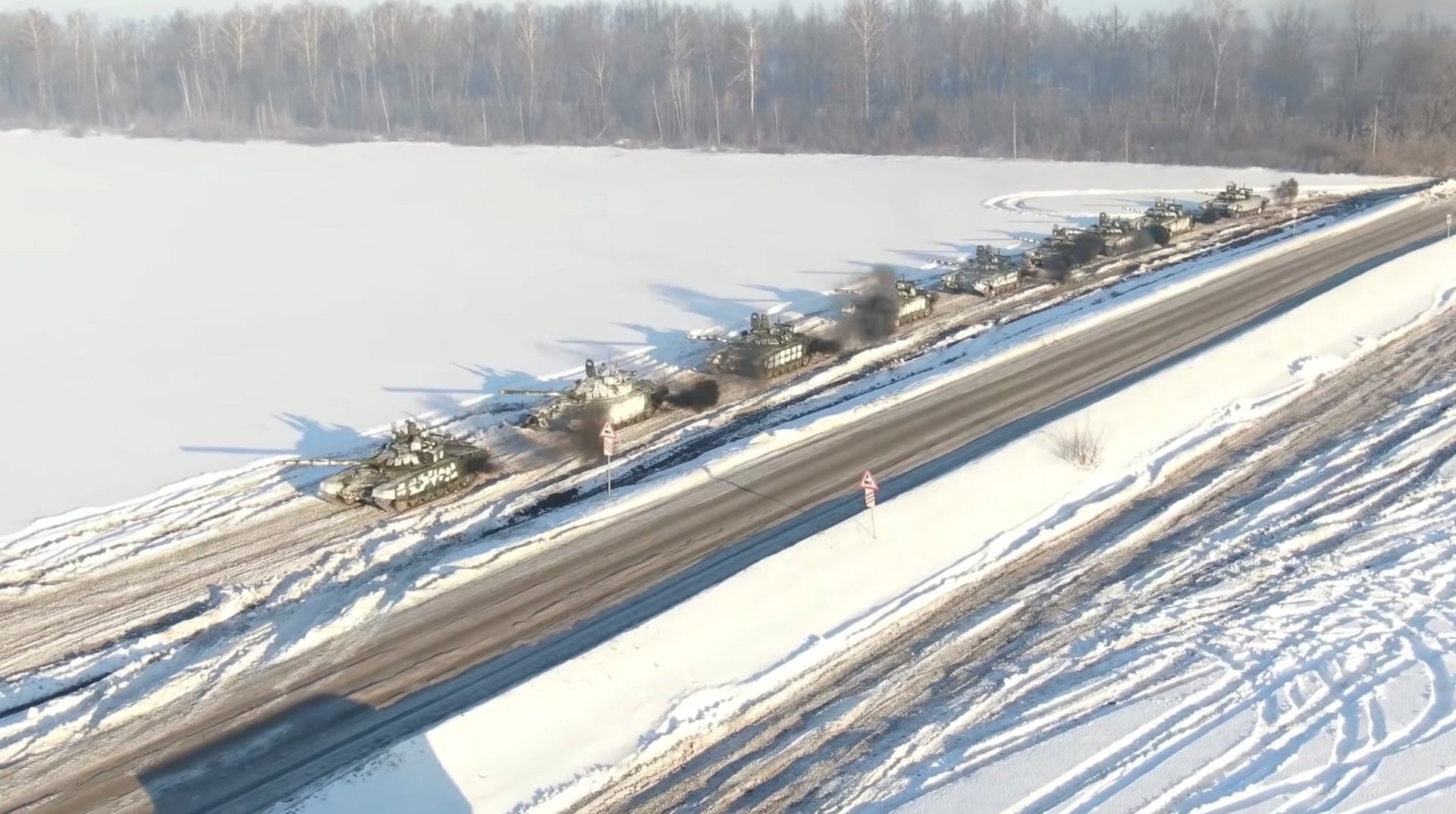Why Russia invaded Ukraine, and what it means for the global economy
Russia invaded Ukraine on Feb. 24, several days after president Vladimir Putin recognized the independence of two separatist regions, Donetsk and Luhansk. In a televised speech Putin described the assault as “special operation,” but the invasion has been met by fierce opposition from the West and some Russians themselves.


Russia invaded Ukraine on Feb. 24, several days after president Vladimir Putin recognized the independence of two separatist regions, Donetsk and Luhansk. In a televised speech Putin described the assault as “special operation,” but the invasion has been met by fierce opposition from the West and some Russians themselves.
Western countries imposed punishing sanctions over the weekend that caused Russia’s stock market to crash, while private sector companies are starting to pull out of the country as well. Meanwhile, more than half a million Ukrainian residents have fled Russia for neighboring countries, but not all refugees are being treated the same.
The last time Russia interfered in Ukraine was in 2014, when it annexed the Crimean peninsula, a conflict that is estimated to have cost 14,000 lives.
What Russia wants from Ukraine
Russia’s interest in Ukraine is driven in part by historical and cultural ties to the region. Ukraine was part of the Soviet Union until it collapsed in 1991, and ethnic Russians accounted for 17% of its population at the time the last census was taken in 2001.
During the two decades Putin has been in power, he’s been focused on bringing Ukraine back into Russia’s sphere of influence.
He sought to diffuse current tensions, which some accuse Russia of stoking in the first place, by calling for a ban on potential Ukrainian membership in the North-Atlantic Treaty Organization (NATO), as well as limiting NATO from deploying troops and weapons from eastern Europe—demands that both the US and its allies formally rejected.
The Russia-Ukraine conflict is spooking markets
Sanctions could affect everything from energy and food prices to the semiconductor industry, which relies on materials including neon and palladium, produced in Russia, to make chips that are already high in demand. More than 1,100 US-based firms and 1,300 European firms have at least one direct supplier in Russia, according to the supply chain risk-management company Interos.
The uncertainty has proven volatile for financial markets. The S&P dropped in the days before Russia invaded as worries of a potential escalation grew among investors. It rose once again on Feb. 15 as Putin signaled a willingness to talk with the US and NATO.
But global markets plunged again on news of an invasion. Russia’s most valuable companies lost $70 billion alone on the day that Putin invaded Ukraine, while the value of the ruble fell to a record low. Global oil prices rose above $100 a barrel on March 1 as Russia escalated attacks on Ukraine.
This piece has been updated to reflect recent events.